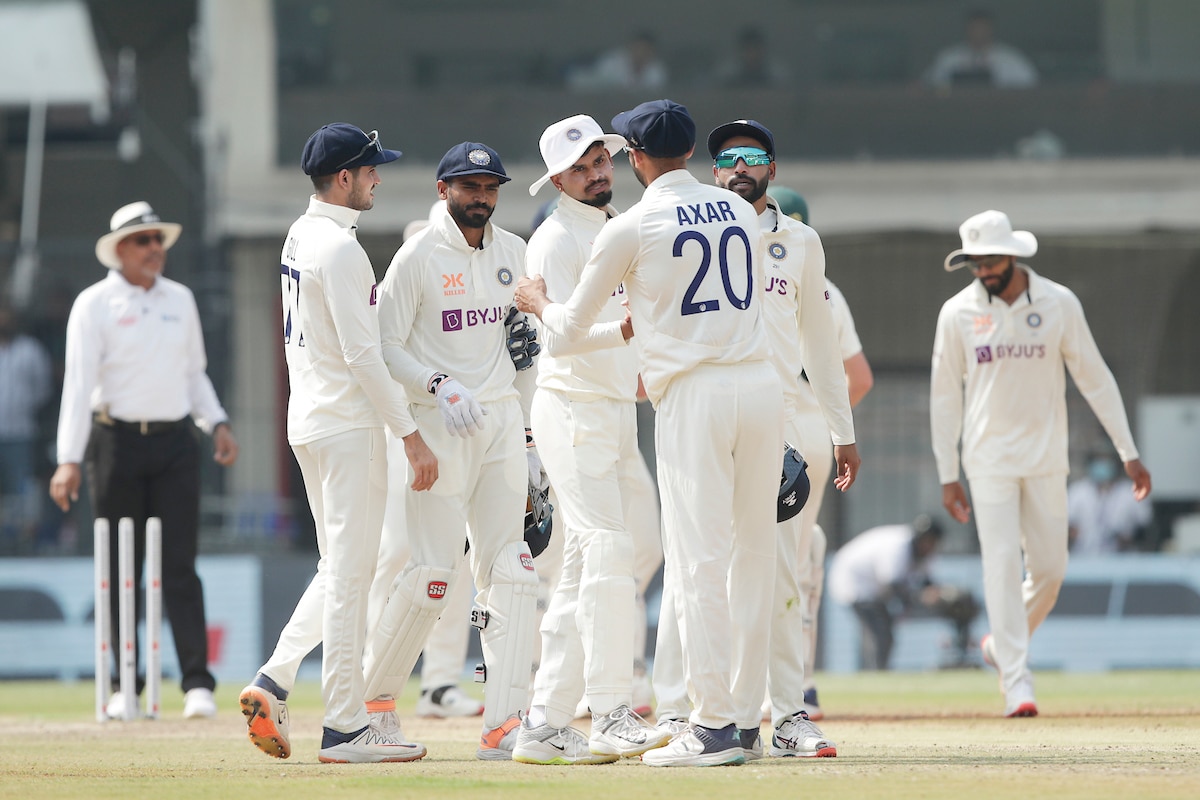The Asia Cup 2023 clash between Afghanistan and Sri Lanka turned out to be a thriller where the Afghans nearly pulled off a heroic victory to keep themselves in the race for a spot in the Super-4. However, it was the fact that they weren’t aware of the Net Run Rate Permutations that resulted in their elimination from the match. Dramatic scenes unfolded as Afghanistan failed to chase the target of 292 runs in 37.1 overs, with Rashid Khan sank down to his knees in disappointment.
At the end of the 37th over, Afghanistan was 289/8 and still in the game. But Mujeeb ur Rahman was caught at long-on, following which the non-striker Rashid Khan sank to his knees, heartbroken to know that his team has been eliminated from the competition.
But, he didn’t know that the actual case was different. Afghanistan could have finished above Sri Lanka’s Net Run Rate had they reached 293 after 37.2 overs, 294 after 37.3, 295 after 37.5 overs, 296 after 38 overs, or 297 after 38.1 overs. Simply a big hit by the next batter Fazalhaq Farooqi or giving the strike to Rashid could have helped them finish the game easily.
But instead, Fazalhaq blocked the next two balls, before he was trapped leg-before-wicket while trying to defend. Afghanistan folded for 289 in 37.4 overs and lost by two runs. Lack of awareness about the net-run-rate equation resulted in Afghanistan’s loss despite Rashid, a ferocious ball-striker, being there at the other end. Afghanistan walk out of the tournament without any win in their two group-stage games.
— Nihari Korma (@NihariVsKorma) September 6, 2023
After the match, Afghanistan head coach Jonathan Trott said that his team was not informed of the NRR requirements.
“We were never communicated those calculations. All we were communicated was we needed to win in 37.1 overs. We were not told what the overs in which we could get 295 or 297, That we could win in 38.1 overs was never communicated to us,” said Trott as quoted by ESPNCricinfo.
While teams rely on match officials to get information on NRR to some extent, a lot of it is brought to the team by their own set of analysts.
With ANI inputs
Topics mentioned in this article



















